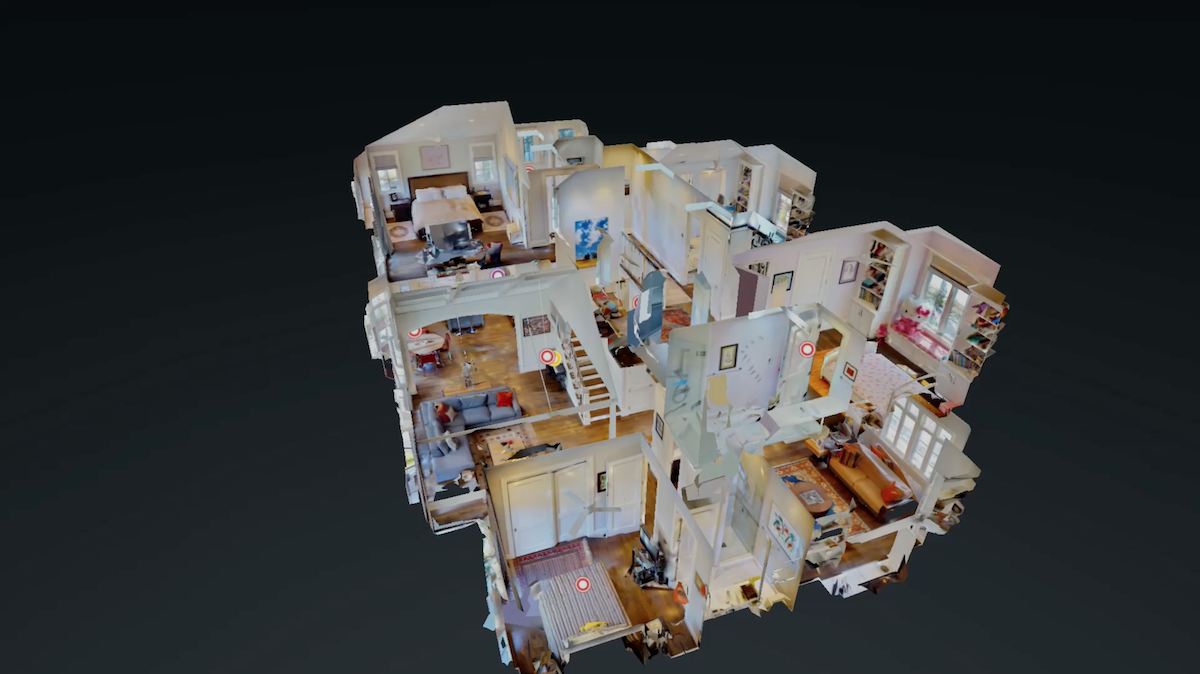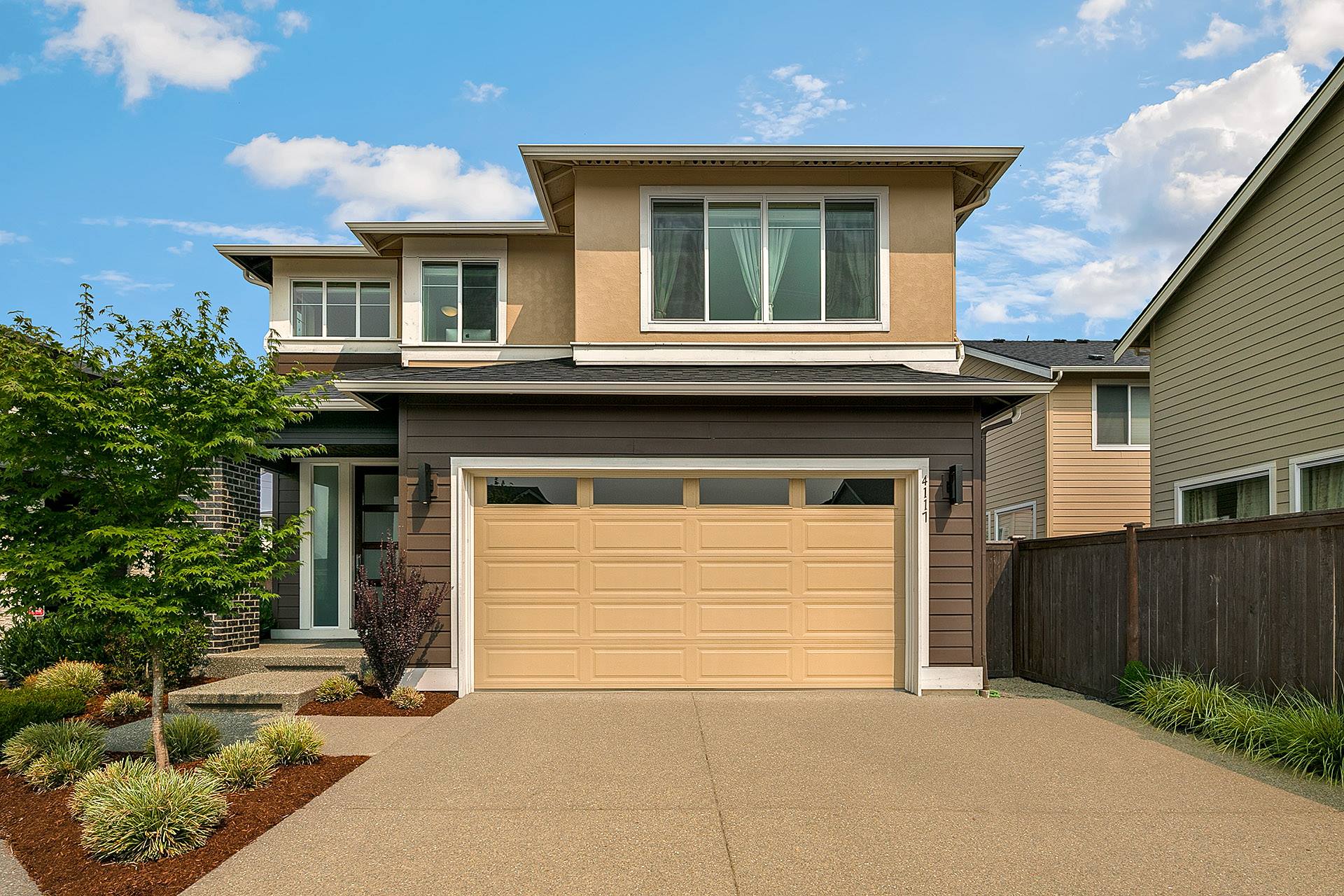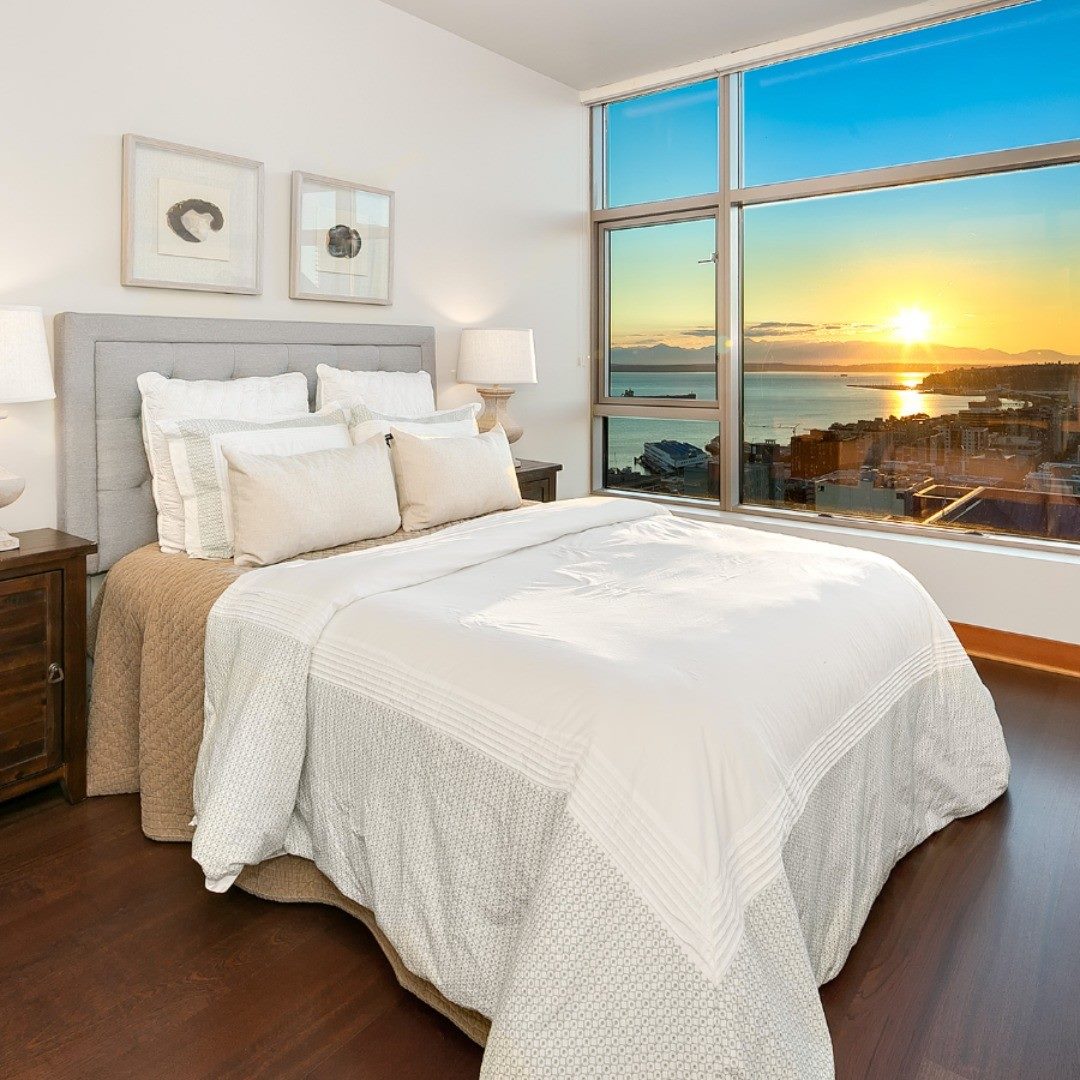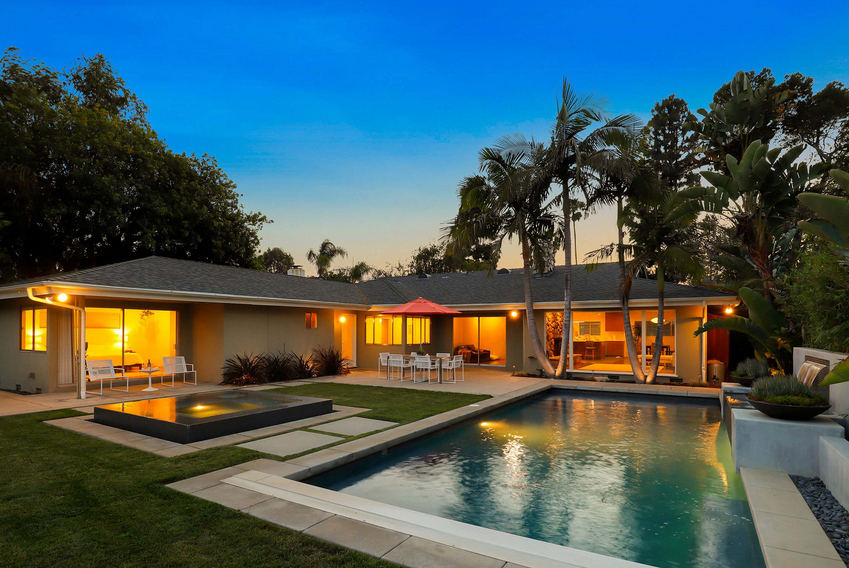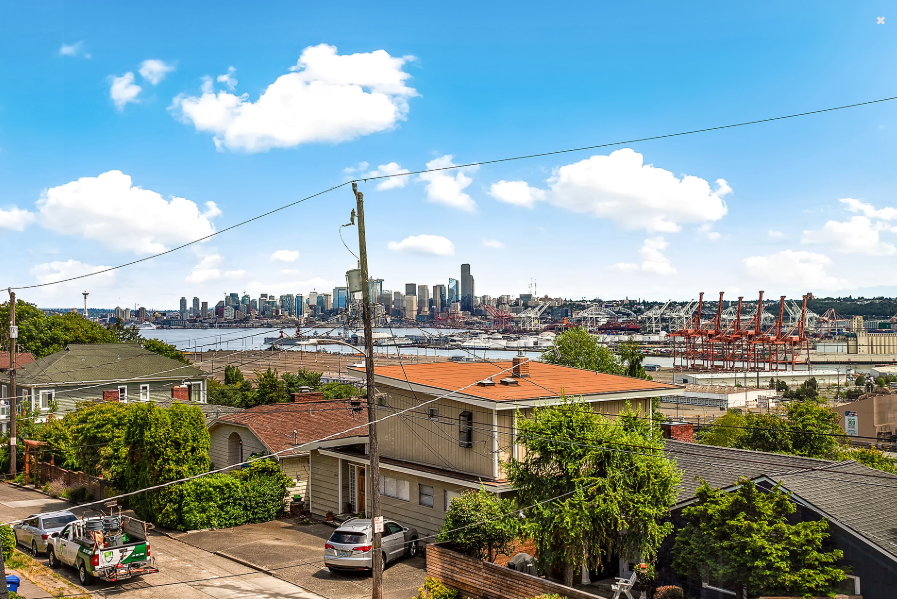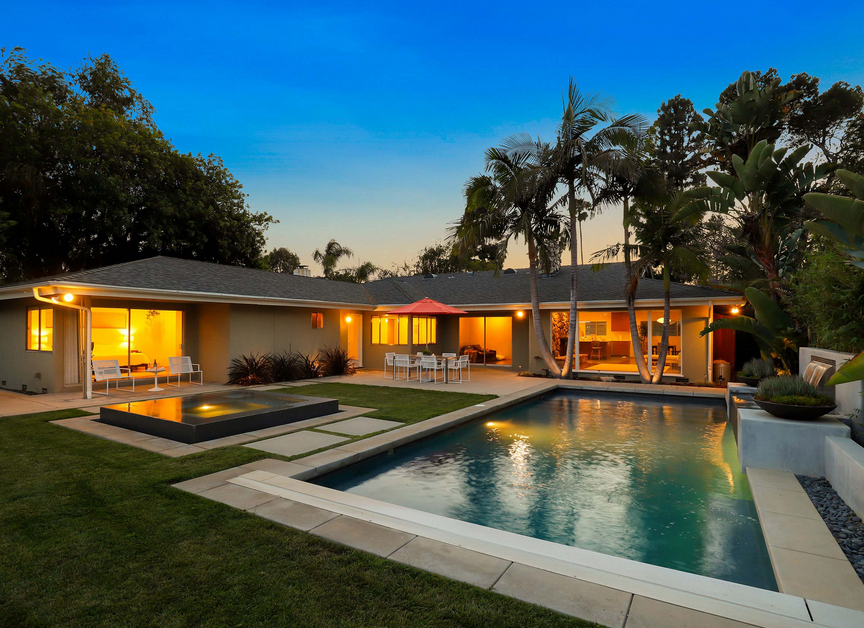Real estate 3D scanning can be an excellent experience for an interactive and immersive visual representation of the house. This cutting edge technology is so important to all sellers and buyers because a well-designed virtual tour can provide a more detailed and accurate simulation that even high quality photos cannot provide. 3D scan for real estate is the newest trick in presenting the property being selling. This means that real estate agents, property management teams, realtors, and buyers will benefit from a 3D virtual tour. Because of this new technology, information is very well provided at any given time.
In this kind of business, the creation of 3D designs allows prospective clients to see in-depth all the spaces of the property. Clients do not necessarily need to travel physically to the exact place just to explore the area but because of the integration of 3D tools a virtual visit on the area is just a walk in the park.
Matterport, one of the most powerful and accurate ways to document a particular property, only needs to have a compatible camera and the magical trick will follow. Matterport’s tremendous 3D data setup will inevitably patch all the documents together the moment you capture stunning photos from both small to large spaces, inside or outside. You can expect an unparalleled view of the area that is created at the highest possible phase.
Adding real estate 3D Matterport to a virtual presentation is the one of most practical things to do. This tool allows prospective buyers to have 3D virtual tour of the property and allow them to see the realistic look of the property they want to buy. The state-of-the-art merging of an excellent camera and Matterport easily creates a compelling 3D product that can attract both agents and buyers buy the property.
Why is 3D Scanning Important in Real Estate Industry?
3D laser scanning of real estate brings properties to life. To most people, it’s very important to visit the property first before buying it. But with 3D scanning, this is not really true. Most especially to buyers living overseas, they do not need to go and visit in person the house they wanted to buy. Instead, they can have the luxury of moving around a particular house with 3D scanning.
These buyers can take a look at the property because sellers can conduct a virtual tour of the house. In this way, buyers will learn about the property’s aesthetic beauty and they can firmly inspect the whole area at their own convenience. 3D scanning of real estate is a proven game changer because developers can successfully showcase the model of the property in a unique fashion.
With 3D scanning at the helm, agents can only use a room filled with virtual furniture and present it to their potential buyers instead of leading buyers visit the actual site. Furthermore, 3D scanning can allow potential buyers to revisit the property a number of times at the comfort of their own home. Buyers can even change the decorations, furniture, and color of a room multiple times depending on what they desire. They can even bring those who wanted to join them during a virtual tour.
Weighing of different options is what a buyer considers before purchasing a property. Comparing two or more shortlisted properties is what every wise buyer does. Weighing all the options can save a lot of time and money using the 3D virtual tour. 3D scanning makes comparison easier because buyers can do this in minutes. They can practically make comments on the floor plans, the area of the property, and even the location of their favourite room.
In today’s generation, 3D walkthrough has made a considerable impact on real estate. It has proven time and again that technological innovations had made its mark in the design and construction of properties. By its inclusion to the marketing of real estate properties, it rendered both sellers and buyers freedom to make interpretations on the architectural philosophy of the house. It allows customers to gain a bigger understanding on the property they want to buy.
3D scanning can be modelled as a business tool to generate satisfied buyers. These buyers can independently propose additional designs, plans and ideas to come up with better deals in the future. Additionally, 3D scanning is a cost-effective solution to real estate companies in providing marketing services to their clients. With the use of 3D technology, companies can deliver better interpretation than using a 2D plan.
